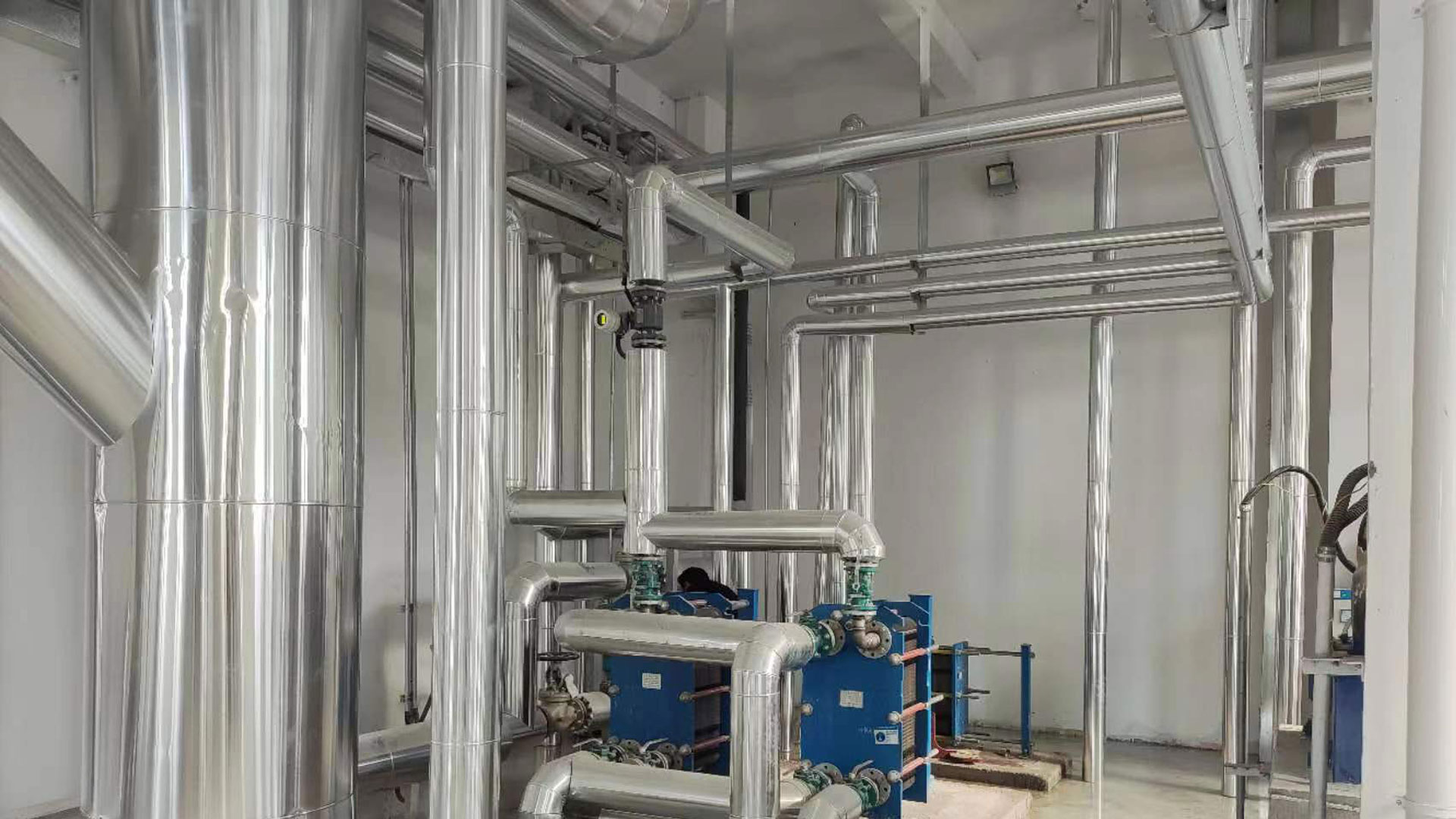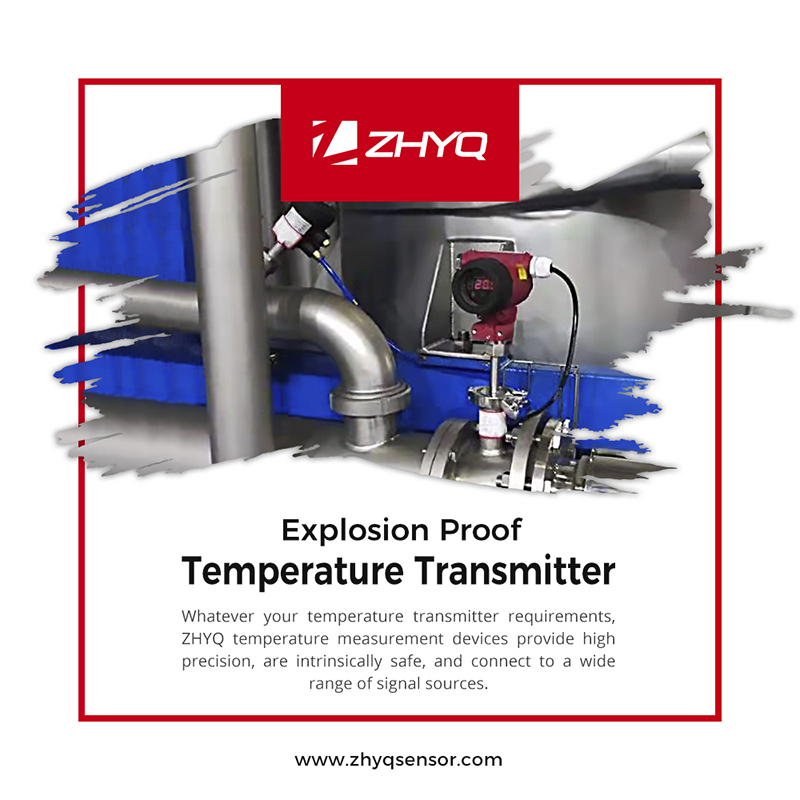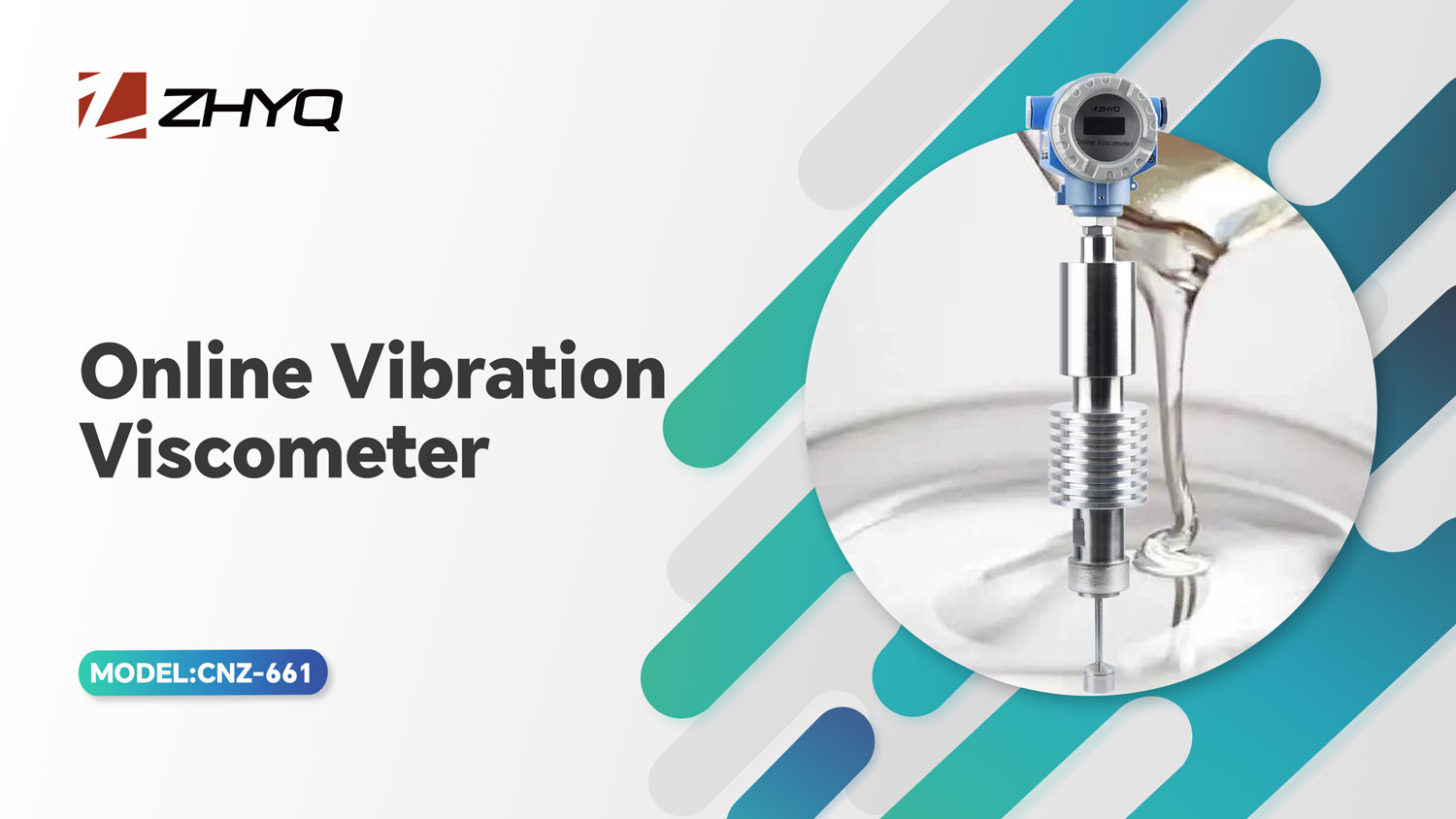
- Pressure Sensor, Pressure Transducer, Pressure Transmitter


- 2023-11-11
- Zhyq
- 109
Advantages & Disadvantages of Electromagnetic Flow Meter
Electromagnetic flowmeter is a new type of flow measuring instrument developed rapidly with the development of electronic technology in the 1960s. The principle is based on Faraday’s law of electromagnetic induction. This type of flow meter is used to measure the volume flow of conductive fluid (such as acid, alkali, salt and other highly corrosive liquids) in the pipeline. It is widely used in petroleum, chemical, metallurgical, textile, food, pharmaceutical, paper and other industries, as well as environmental protection, municipal management, water conservancy construction and other fields.
The main features of electromagnetic flow meter are:
- Electromagnetic flow meter has a very simple structure with no moving parts. The design can provide testing fluid unobstructed accesses during measuring process. Hence, low risk in pressure loss or blockage as well. It is also great for measuring fluids with particles such as slurry, sewage and other liquid-solid two-phase fluids, as well as a variety of viscous slurry. Similarly, because it has no moving parts in the structure, it can be made of electrodes by installing corrosion resistant insulation lining and selecting corrosion resistant materials;
- Electromagnetic flowmeter will not be subjected by temperature viscosity, density, and (to a certain extent) electrical conductivity of the measured medium. It only needs to be calibrated by water before installed them to the pipeline for measuring any testing mediums in the process.
- Measuringrange of electromagnetic flow meter is extremely wide, and the range ratio of the same electromagnetic flowmeter can reach 1:100. In addition, the electromagnetic flowmeter is only proportional to the average flow rate of the measured medium. It has nothing to do with the flow state (laminar or turbulent) under the axisymmetric distribution.
- The electromagnetic flowmeter isa very sensitive instrument with great linearity and no mechanical inertia. It can measure the instantaneous pulsating flow rate during process. Therefore, the measured signal can be directly converted into a standard signal output by a linear converter, which can be indicated locally or transmitted remotely.
Although the electromagnetic flowmeter has the above excellent characteristics, at present it still has some shortcomings, mainly as follows:
- Electromagnetic flowmeter can only measure conductive liquid, cannot be used to measure gas, vapor and liquid containing a lot of gas;
- Electromagnetic flowmeter cannot be used to measure the conductivity of very low liquid medium. The conductivity of the measured liquid medium cannot be less than 10-5 (S/cm) – equivalent to the conductivity of distilled water. It cannot be used to measure flow rate of petroleum products or organic solvents;
- Electromagnetic flow meter cannot be used to measure fluid with high temperature and pressure. The insulation lining material of measuring tube is not strong enough to support measuring under such environment;
- Electromagnetic flowmeter is affected by the flow rate distribution, under the condition of axisymmetric distribution, the flow signal is proportional to the average flow rate. Therefore, the electromagnetic flowmeter must also have a certain length of straight pipe before and after;
- electromagnetic flowmeter is susceptible to external electromagnetic interference;
Leave Your Inquiry
Your email address will not be published. Required fields are marked *


